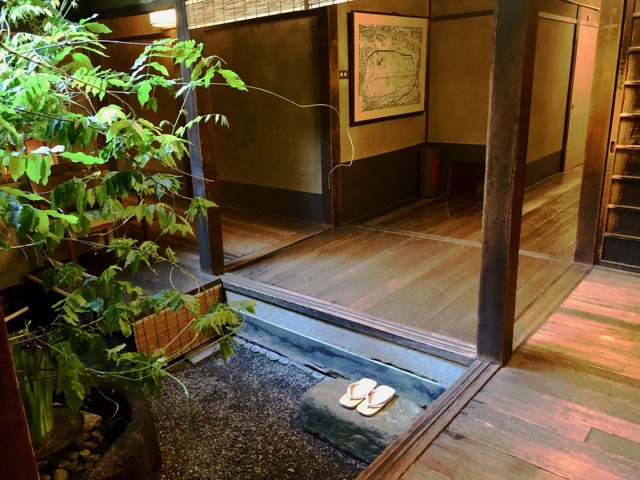
Ryokan, or traditional Japanese inns, are not for everyone. They are dim, quiet, restful places sans lobby, bar, or spa. You’ll surrender your shoes at the entrance and see them again only when you depart. Almost all of your time is passed relaxing in your room, where you’ll also have breakfast and dinner and where you’ll sleep on the floor on traditional futons.
For me, they’re heaven – especially the Tawaraya, widely considered to one of the best, if not the best, ryokan in Japan (its only peer being the Hiiragiya).

The two ryokans, both dating from the early 1800s, face each other across a narrow Kyoto side street; from outside, they’re completely nondescript.
I’d been longing to step through the covered passageway into the Tawaraya, to see what awaited on the other side of the earthenware walls – and finally, the moment was here!
Given how old-fashioned the booking process is (it’s all by fax and difficult even for a Japanese person to navigate), I wasn’t sure what to expect. Would it be stuffy and traditional? Would we feel like outsiders? Decidedly not – our welcome was warm and genuine, bags whisked away while our names were located in the register. We’d arrived a few hours before check in time (which is strictly observed at a ryokan, therefore I’d planned an afternoon exploring eastern Kyoto), so a taxi was arranged and instructions given to the driver and we were seen off with smiles and waves and bows.
Upon our return, we were shown to our room – Fuji – and welcomed with cold towels, tea, and senbei rice crackers.

As an aside, these were the best senbei I’ve ever had: crisp, light as air, and melt-in-the-mouth. The crackers were pure white, with a gloss of sweet-salty glaze on the underside. They’re called oike senbei, named for the street on which the shop is located (just around the corner from the Tawaraya); the staff drew me a map so I could stop in and buy some to take home!
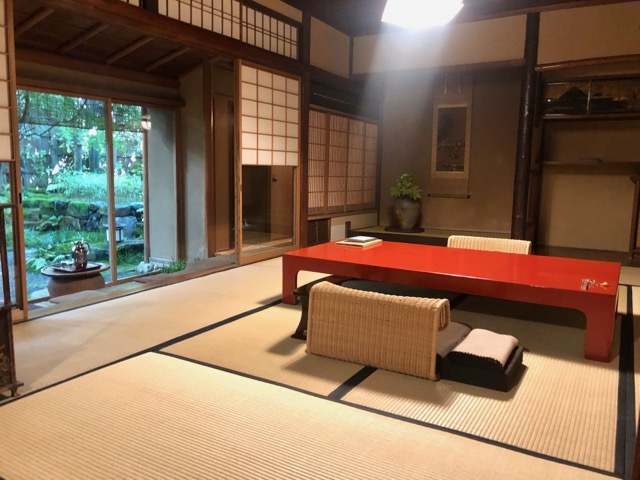
In our room there was a detailed sketch of the room and its garden view – compare to the photo below that shows the same two cushions and round table on the left side of the sketch. The porch-like wooden area led to our bathroom, which had a perfectly modern Toto toilet and a deep wooden soaking tub with more of that garden view. As usual, the tub was kept filled with hot water so that we could take a relaxing soak anytime.
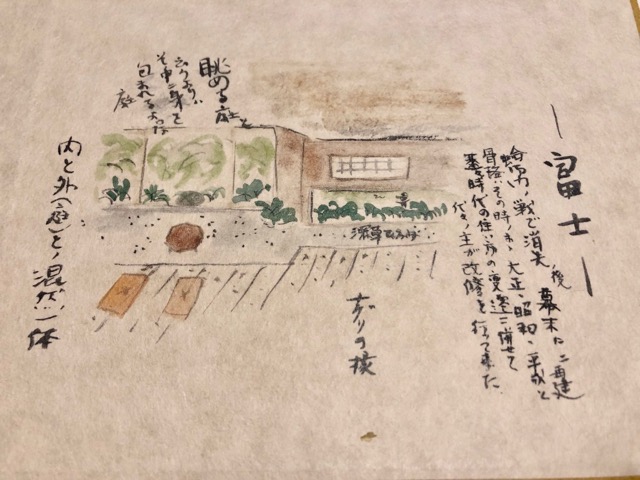
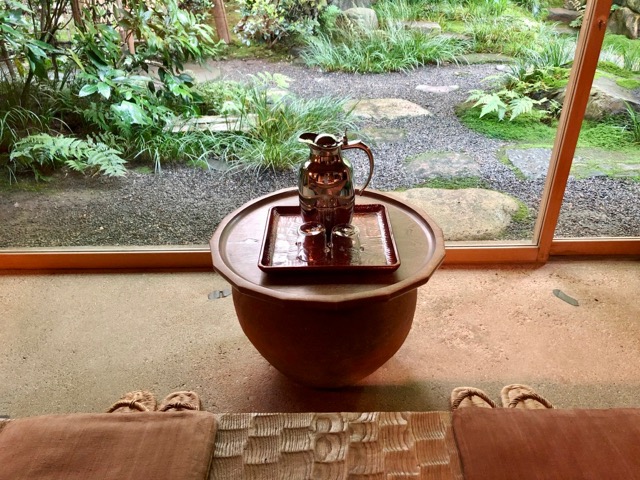
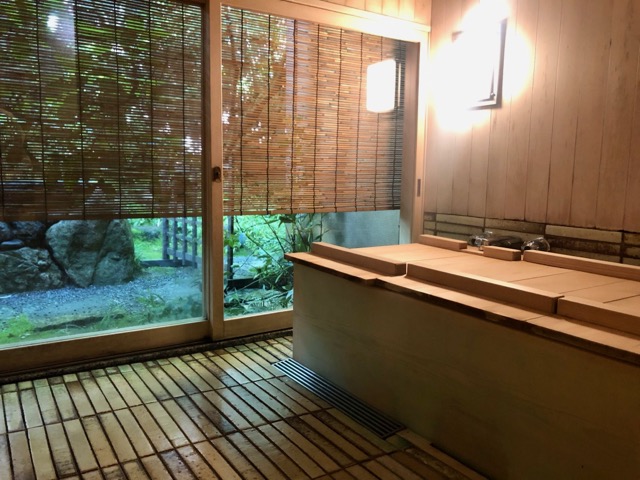
After a day of exploration, it’s wonderful to have a shower and a soak before dressing in a cool cotton yukata. The early evening is spent reading (or maybe catching up on the Grand Sumo tournament!) and relaxing (we ordered in shiatsu massages) before dinner is served. More on the fabulous food in a separate post…

Our room had a 6 tatami mat space off the main 10 mat space, where our beds stayed during our entire stay (vs being put away in the morning) – perfect for afternoon naps!
While sleeping on the floor may not sound that comfortable, the Tawaraya’s futon are as supportive as any mattress. The elegant finishing touch is a gold Tiffany & Co clock set between the beds.
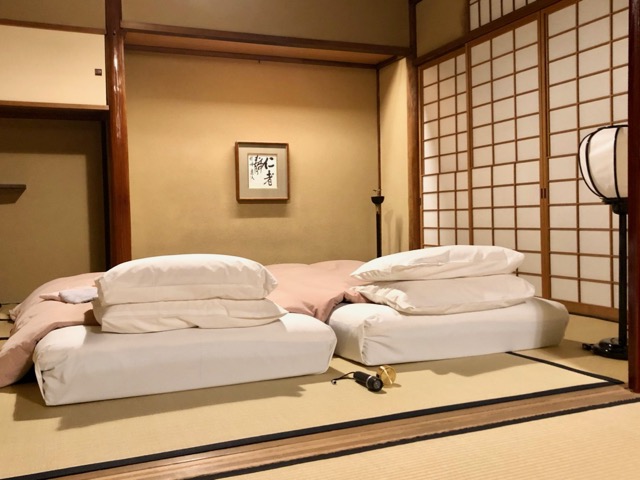
We slept wonderfully during our two nights at the Tawaraya, and departed relaxed and refreshed.
For it turns out that behind those unassuming walls is nothing less than a refuge… from the heat and bustle of the city and even from the cares of modern life.
I’m counting the months til we can return.
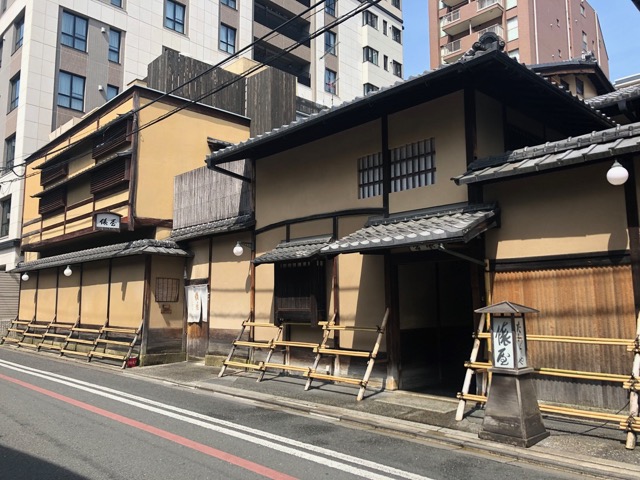
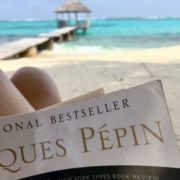 Five favorite food books
Five favorite food books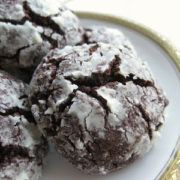 Dark chocolate crackle cookies
Dark chocolate crackle cookies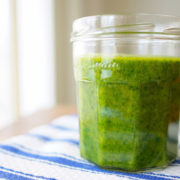 Chimichurri sauce
Chimichurri sauce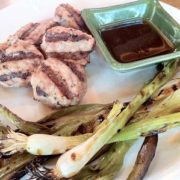 Grilled chicken tsukune
Grilled chicken tsukune